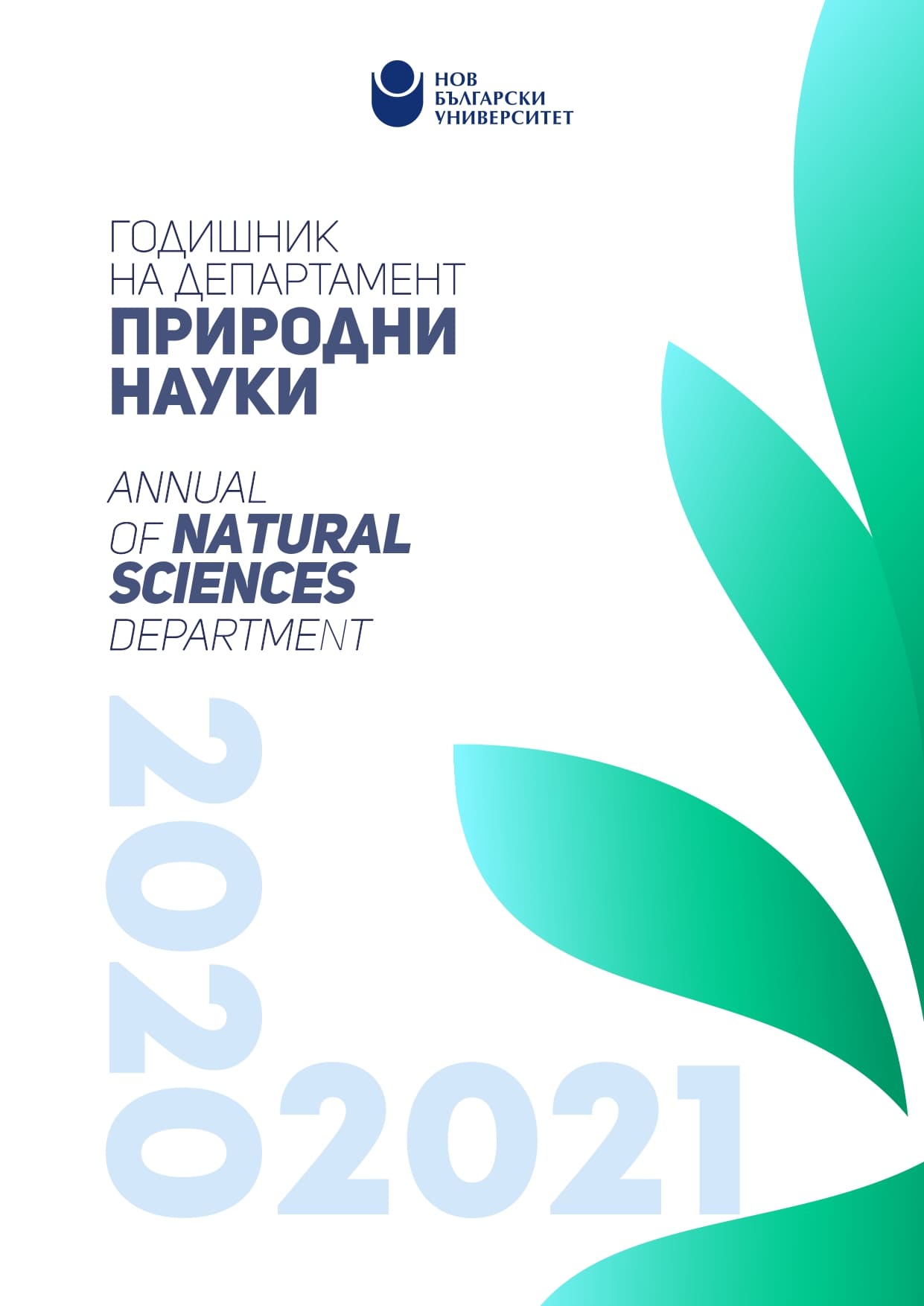Антибактериален ефект на дезинфектанти и антисептици
Antibacterial Effect of Disinfectants and Antiseptics
Author(s): Nikoleta Hristova, Margarita Tzenova, Martina Ivanová, Emilia Grozdanova, Slavena Davidova, Sofia Geroyska, Maria Borisova, Velizar Georgiev, Simona Mladenova, Mariela Palaskova, Galina SatchanskaSubject(s): Social Sciences, Education, Higher Education
Published by: Нов български университет
Keywords: Disinfectant; antiseptic; antibacterial activity; Escherichia coli; Staphylococcus aureus
Summary/Abstract: Disinfectants and antiseptics are substances or solvents which play a key role in the control of infections. Their wide functionality is applied in almost all human activities. These agents can have antiviral, antibacterial and antifungal effects. Disinfectants are synthetic agents the biocidal effect of which destroys microorganisms in the environment, while antiseptics are applied locally, primarily on skin and/or mucosae. The morphological differences between Gram (+) and Gram (–) bacteria raise questions regarding the biocidal effects of antibacterial agents against different types of infectious agents. The aim of our study is to evaluate the biocidal effect of disinfectants and antiseptics available on the market. The study uses a reference strain of Escherichia coli and a laboratory isolate of Staphylococcus aureus. The analysis was conducted using the agar well diffusion method. Results show that sodium hypochlorite, hydrogen peroxide H2O2 and mouthwashing water demonstrate strong bactericidal effect on both Gram (+) and Gram (–) bacteria. The bath cleaner gel, which is considered effective against Escherichia coli, demonstrated effectiveness against Staphylococcus aureus instead. The dishwashing gel, ethacridine lactate, silver water and lavandula water show intermediate or zero effect against Escherichia coli and Staphylococcus aureus.
Journal: Годишник на департамент „Природни науки“
- Issue Year: 6/2021
- Issue No: 1
- Page Range: 47-62
- Page Count: 16
- Language: Bulgarian

